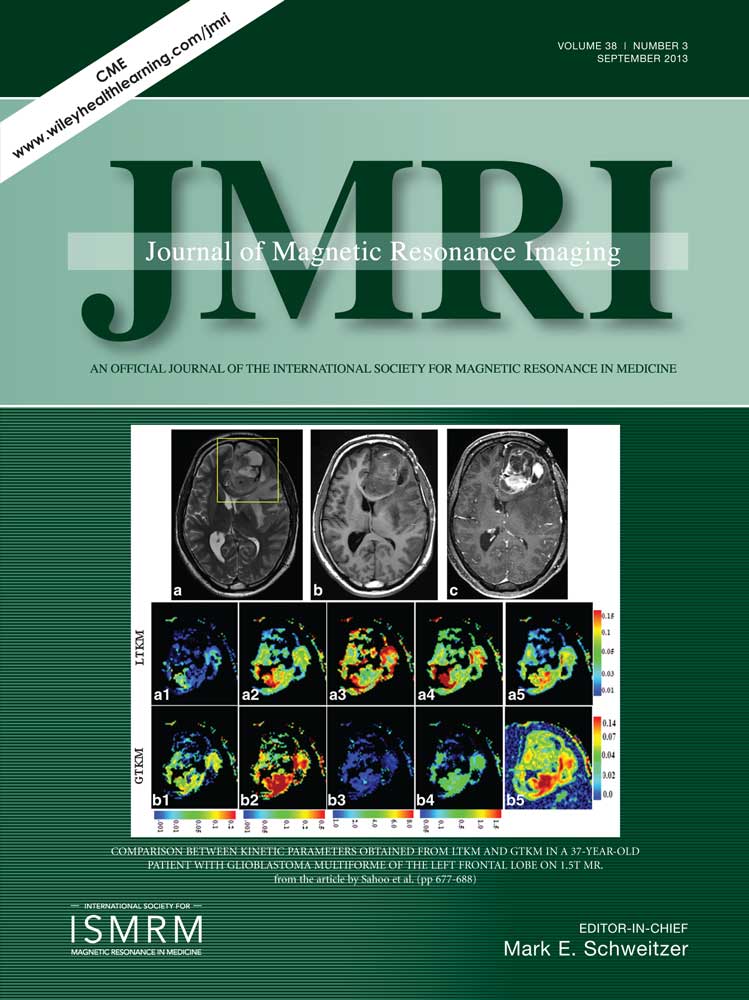Bilateral kidney sodium-MRI: Enabling accurate quantification of renal sodium concentration through a two-element phased array system
Abstract
Purpose:
To develop a sodium-MRI (23Na-MRI) method for bilateral renal sodium concentration (RSC) measurements in rat kidneys at 9.4 Tesla (T).
Materials and Methods:
To simultaneously achieve high B1-field homogeneity and high receive sensitivity a dual resonator system composed of a double-tuned linearly polarized 1H/23Na volume resonator and a newly developed two-element 23Na receive array was used. In conjunction with three-dimensional (3D) ultra-short Time-to-Echo sequence a quantification accuracy of ± 10% was achieved for a nominal spatial resolution of (1 × 1 × 4) mm3 in 10 min acquisition time. The technique was applied to study the RSC in six kidneys before and after furosemide-induced diuresis.
Results:
The loop diuretic agent induced an increase of cortical RSC by 22% from 86 ± 16 mM to 105 ± 18 mM (P = 0.02), whereas the RSC in the inner medulla decreased by 38% from 213 ± 24 mM to 132 ± 25 mM (P = 0.8×10−4). The RSC changes measured in this study agreed well with the qualitative sodium signal intensity variations reported elsewhere.
Conclusion:
Furosemide-induced diuresis has been investigated accurately with herein presented quantitative 23Na-MRI technique. In the future, RSC quantification could allow for defining pathological and nonpathological RSC ranges to assess sodium concentration changes, e.g., induced by drugs. J. Magn. Reson. Imaging 2013;38:564–572. © 2013 Wiley Periodicals, Inc.




